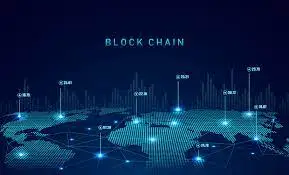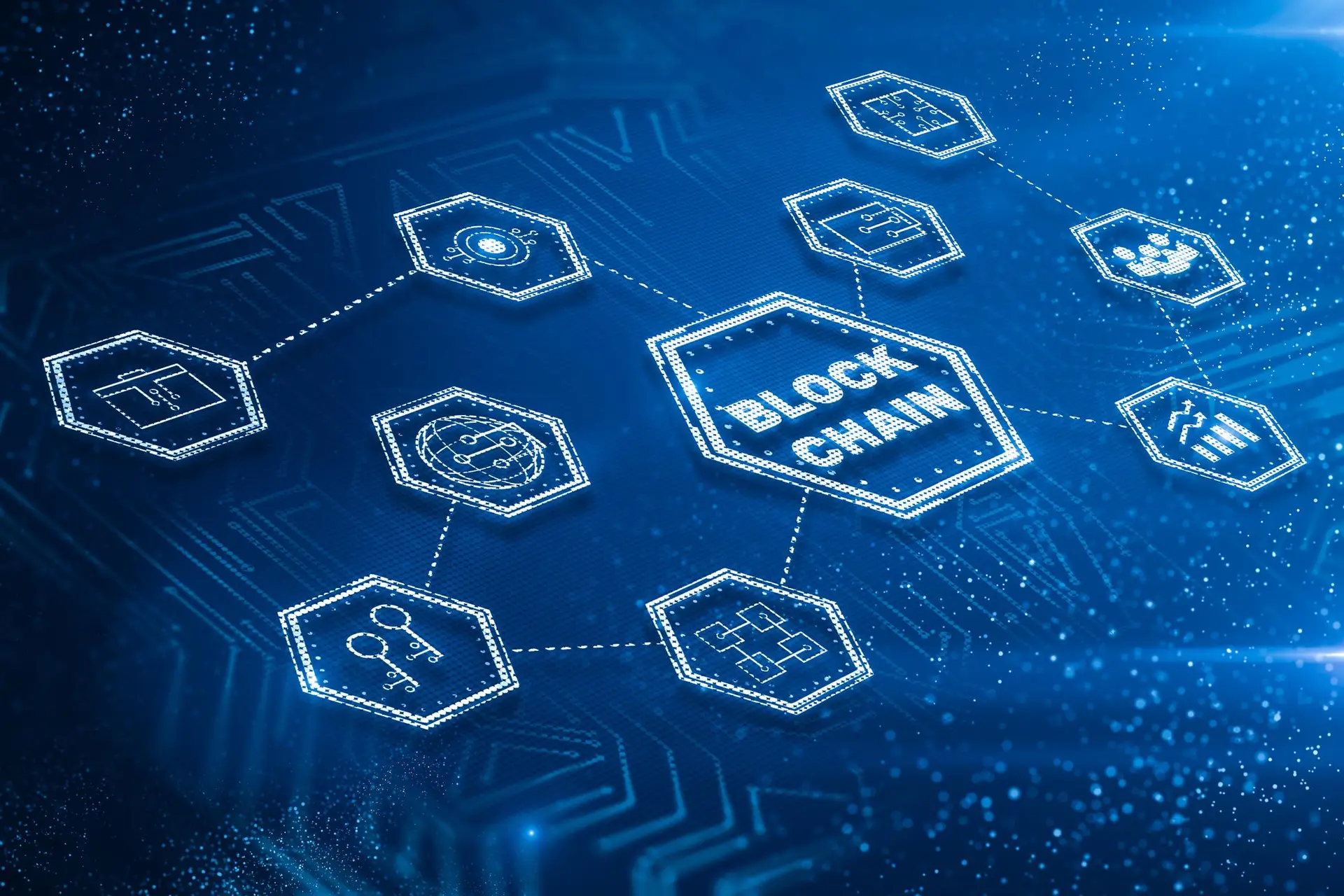The development of technologies continues unabated, and it is becoming increasingly important for each of us to understand them. In this article, we will try to explain in a simple, beginner-friendly way what blockchain is and how it works. This technology is the basis for most cryptocurrencies, such as Bitcoin and Ethereum, but its possibilities are not limited to the financial sector.
Historical background and development of technology
To understand what blockchain is and to be able to give a simple explanation to beginners, it is important to look at its history. In 2008, an anonymous developer under the pseudonym Satoshi Nakamoto introduced Bitcoin to the world, the first cryptocurrency that uses blockchain technology to store data. The idea was to make the system decentralised and transparent, so that no one could change the data without the consent of all network participants. This concept immediately attracted attention and revolutionised the financial world.
Before the advent of blockchain, all data was stored in central systems: banks and companies managed the information. The new format offers a solution where there is no need for intermediaries and network participants can communicate with each other directly, securely and without the risk of counterfeiting. With the development of blockchain, it was not only used for cryptocurrencies, but also in other areas: logistics, healthcare and art.
What is blockchain in simple terms? – Explained for beginners
 The technology consists of a chain of blocks, each block storing information about a transaction. Each block is linked to the previous one by a cryptographic hash: a unique string that links the blocks together into an unbroken chain. If someone tries to change the data in a block, they change the hash and the entire chain becomes invalid.
The technology consists of a chain of blocks, each block storing information about a transaction. Each block is linked to the previous one by a cryptographic hash: a unique string that links the blocks together into an unbroken chain. If someone tries to change the data in a block, they change the hash and the entire chain becomes invalid.
How does blockchain work?
- The transaction is the first thing that happens. For example, one person sends money to another.
- Transaction verification: When a transaction is sent across the network, it is verified by other participants (or ‘nodes’).
- Block formation: When transactions are verified, they are combined into a block.
- Proof of consensus: Network participants (or miners, in the case of proof of work) agree that a block is correct and add it to the chain.
- Update ledger: The new block updates the ledger on all devices in the network and the transaction is considered complete.
Each block contains a link to the previous block. If you change the data in one block, you have to recalculate the data in the following blocks. This makes the system virtually invulnerable to hackers.
Advantages of blockchain technology
To answer the question of what is blockchain in simple terms for beginners, we should discuss the advantages of the platform. It is impossible to change data in the database due to the static nature of the records: any attempt to change one block leads to a violation of the integrity of the entire chain, which provides protection against forgery. The transparency of the system is ensured by the fact that all transactions are available for verification by every participant. This creates a high level of trust and allows for quick verification of transactions. Due to the absence of a central governing body, the blockchain is decentralized. This significantly reduces the risk of manipulation and ensures the stability of the system even if individual nodes fail.
The use of advanced cryptographic methods enables a level of data protection that is virtually invulnerable to external attacks. In addition, the use of smart contracts automates the execution of transaction terms without the intervention of intermediaries. This speeds up the process considerably, saving time and money. By eliminating intermediaries, transaction costs are significantly reduced, saving you money and time when making transactions.
Disadvantages of the system
Like any technology, blockchain has its disadvantages:
- Scalability: The larger the network, the slower the transactions can be, requiring more computing power.
- Energy consumption: Some blockchain systems, such as Bitcoin, require a lot of energy to maintain the network.
- Difficulty of implementation: Using blockchain requires a certain level of technical knowledge, as well as a significant investment in infrastructure.
Application of technology
Blockchain is used in many different areas:
- Financial services. The scheme underlies the cryptocurrencies Bitcoin and Ethereum. Blockchain systems enable bankless transfers, reducing costs and speeding up the process.
- Logistics. Businesses can use technology to track products throughout the supply chain. This helps prevent fraud and improve transparency.
- Identity management. Blockchain can be used to store and verify personal data in passports and driver’s licenses. It increases data security and eliminates the possibility of counterfeiting.
- Voting. In some countries, blockchain is used to organize elections. This provides transparency and protects against fraud, because every vote is recorded on the blockchain and cannot be changed.
- Smart contracts. Smart contracts allow for the automatic execution of transaction terms without intermediaries, saving time and costs.
Conclusion
 Our simple, beginner-friendly explanation of what blockchain is means that anyone can understand the technology without having to learn a lot of new words. We also explain why blockchain is gaining popularity so quickly and is being applied in a variety of areas.
Our simple, beginner-friendly explanation of what blockchain is means that anyone can understand the technology without having to learn a lot of new words. We also explain why blockchain is gaining popularity so quickly and is being applied in a variety of areas.
In the future, the system will continue to develop and find new areas of application that can significantly change the economy and everyday life. The application of blockchain in a variety of sectors, from finance to healthcare and government, underlines its versatility and potential. However, it is important to keep in mind that the technology is still in development and its implementation requires a careful approach and competent technical support.
 en
en  de
de  ar
ar  es
es  nl
nl  hi
hi  fr
fr  it
it  pt
pt  el
el 










